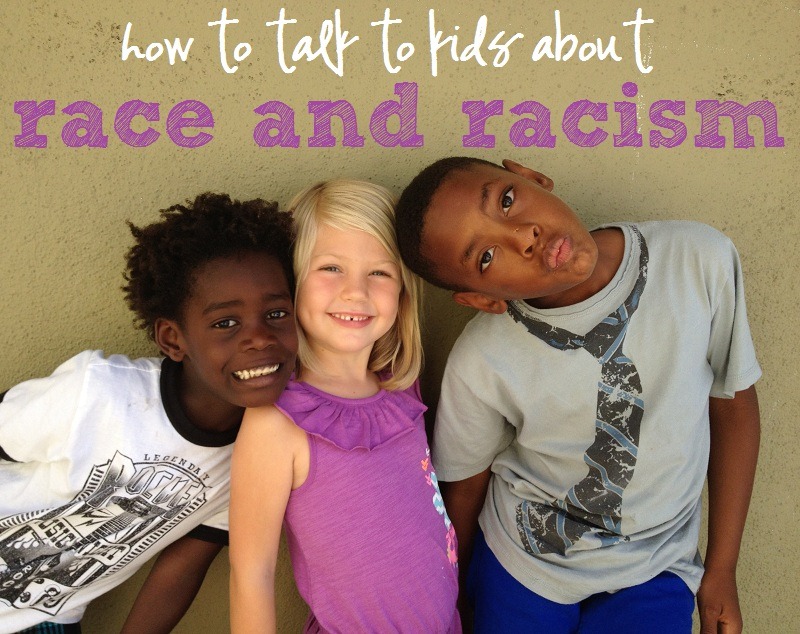
by José Alfaro, LCSW
InformacionAlDesnudo – New York City
My child’s mother and I raised our Puerto Rican son in Washington Heights., an area now undergoing rapid gentrification, but during the 80’s an area reputed to be a dangerous one. At the time I often wondered what to tell my son about dealing with the police. Don’t make a sudden movement, keep your hands in sight, don’t run, don’t hang on that corner, stay away from known drug dealers, and other rules that parents generally give Brown and Black children, especially the male child. As a community activist I was very leery of the role of the police in our community and my son’s mother and I warned him that the police were not to be considered his friends.
Has this message changed today? I don’t have statistics, but it seems to me that the tension between communities of color and the police has grown more acerbic today as the cases of Eric Gardner in Staten Island, Michael Brown in Ferguson, Missouri, Oscar Grant in Oakland and so many others have created a sustained rage throughout the U.S. as they are quickly blasted through social media. I suggest that the challenge today remains – how do we have the conversation with our children without frightening them too much, but I think there’s another issue – who else should have the conversation?
As a parent and as a former social worker for the NYC Department of Education I think that teachers and school counselors/social workers have a particular responsibility to have this conversation with youth of color, as well as with all youth. Despite the many changes in the educational system (excessive testing, privatization, etc.) that have the potential to diminish the relation between students and teaching staff, students are in school about a third of their day. While some teachers envision themselves as only responsible for covering the academics, others realize that they can play an important role in providing the social emotional support that young people need to prepare for their future. Dealing with issues of race and racism is such an integral aspect of the social emotional development of children that I suggest the conversation has to take place in multiple places.
In NYC, as in much of the U.S. the teaching staff has become increasingly white as the numbers of teachers of color diminishes. In spite of, and perhaps because of this reality, I think it remains significant that teachers listen for, initiate and continue the difficult conversation about race and racism. I have had numerous conversations with teachers about these issues and unfortunately I often been met with either silence, or I don’t see color, it’s too divisive, it’s too emotional, I don’t know how to have the conversation, I don’t want to depress the students even more, and/or it’s not my responsibility. Of course there are many teachers, some white and even some of color, who, despite not having the experience of discussing race and racism in their classes or even in their lives, encourage or are forced by their students and accept the challenge to have the conversation, despite their trepidation.
I propose that the NYC Department of Education immediately begin to encourage school staff to start these conversations and provide the resources to do so. In a society that avoids the race conversation this may be the most important educational step forward for the schools to embark upon. To prepare for these discussion I suggest that adults first have the difficult conversation amongst themselves to not only deepen their understanding, but also to develop an emotional grounding that will allow them to be present in the heat of the discussion. When having these conversations with young people I utilize the restorative circle practice which I find allows all voices to be heard. But what I think is most important is that students (and teachers) develop a trust so that they feel safe when having these conversations. Safe enough to respect and challenge one another, but at the same time uncomfortable, the kind of uncomfortableness that occurs when difficult conversations happen and the trauma of racism is exposed.
I think schools can also play an important role in initiating these «difficult conversations» within communities. I’ve participated in schools initiating conversations about difficult issues that involve parents, students, school staff and even school safety. These conversations can help develop safe spaces for the «difficult conversations» that society often avoids.
As parents and as educators, when we are silent about difficult issues it says to our youth that these issues are either too difficult to discuss and/or not worthy of discussion. In a way it’s a form of denying reality – the reality of youth of color – because when we say that school is for discussing important subjects, yet omit race and racism, it sends the message to our students that an issue consistently facing them doesn’t merit the time that the traditional academic issues do. I think that’s a dangerous message for adults to give to young minds.
The author is a retired NYC public school teacher and social worker who returns to schools to help them develop programs of restorative practice, including restorative justice, in an effort to reduce suspensions and eliminate what is referred to as the «school to prison pipeline.» The author strongly encourages schools to consistently have «difficult conversations» about multiple topics and is a member of Teachers Unite, NYC and can be reached at [email protected]